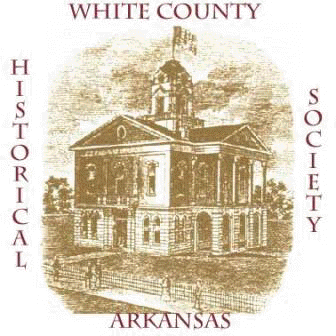

Photographs indicate the combine was M&NA No. 57. Rosters in railroad timetables from 1930 to 1945 listed it as “[Class] Coach-Mail, [Vestibule] Yes, [Partition] No, [Length Overall] 66 feet, 8 inches, [Seating Capacity] 36 W, [Weight Empty] 110,000 lbs.” Research by Dr. James R. Fair indicates it formerly had been Missouri Pacific No. 2706, sold to the M&NA on April 12, 1929 His research papers, which he generously donated to the Boone County Heritage Museum at Harrison include a diagram of MP No. 2707, which was built in 1894 by St. Charles Car Company. Number 2706 probably was built about the same time and very likely by the same builder. Four very similar cars were built for the M&NA between 1907 and 1914. All six were mail-passenger combines with 30-foot Railway Post Office apartments, where Railway Mail Service clerks picked up mail along the way, sorted it en route, and delivered it along the line or forwarded it to connecting lines. The coach section of all six cars contained seats for 36 passengers, usually serving as the “smoker” or sometimes as the “colored section” when “Jim Crow” laws required the segregation of passengers by race.
The MoP cars were a few inches longer than the M&NA cars, but interior arrangements were nearly identical, with a toilet in the right rear corner and a stove in the left rear corner. The most noticeable external differences were the trucks – six-wheel on these two MoP cars, four-wheel on the M&NA cars – and the passenger windows. The MoP cars had five pair on each side; the M&NA cars had a single, four pair and a smaller cut-glass single near the rear of each side. In later years, the window openings by the stoves were covered over. Number 57 probably was purchased as a standby for M&NA No. 53 (Pullman 1907) and No. 55-2nd (ACF 1914)
on daily trains in each direction between Neosho Missouri and Kensett, and for M&NA
No. 60 on a daily-except-Sunday round-trip between Kensett and Helena. The first two cars were built as mail-passenger combines like No. 57.
They were converted to baggage-mail in 1931 and continued in service until 1946, albeit on a standby basis after a pair of ACF
motor cars took over the runs north of Kensett in 1938. Number 60 was a baggage - mail - passenger
combine that had been rebuilt in 1926 from an 1880-vintage coach. Another baggage-mail car,
No. 58, was acquired in 1931 and the round-trip Kensett-Helena passenger train was replaced by a pair of mixed trains, one in each direction.
They were so slow that the Kensett-Helena RPO clerk could work only partway southbound before transferring to the northbound train to return to
Kensett. Number 58 probably was used on one of the south-end trains, with No. 60 on the other, and No. 57 continuing as a spare.
Number 57 probably was purchased as a standby for M&NA No. 53 (Pullman 1907) and No. 55-2nd (ACF 1914)
on daily trains in each direction between Neosho Missouri and Kensett, and for M&NA
No. 60 on a daily-except-Sunday round-trip between Kensett and Helena. The first two cars were built as mail-passenger combines like No. 57.
They were converted to baggage-mail in 1931 and continued in service until 1946, albeit on a standby basis after a pair of ACF
motor cars took over the runs north of Kensett in 1938. Number 60 was a baggage - mail - passenger
combine that had been rebuilt in 1926 from an 1880-vintage coach. Another baggage-mail car,
No. 58, was acquired in 1931 and the round-trip Kensett-Helena passenger train was replaced by a pair of mixed trains, one in each direction.
They were so slow that the Kensett-Helena RPO clerk could work only partway southbound before transferring to the northbound train to return to
Kensett. Number 58 probably was used on one of the south-end trains, with No. 60 on the other, and No. 57 continuing as a spare.The Helena-Kensett RPO was discontinued altogether in 1937. Brill Motor No. 605 was placed in service to again make daily-except-Sunday Kensett-Helena passenger round trips. Recent discoveries suggest that No. 57 was modified so it and a steam locomotive could cover Kensett-Helena runs when the Brill car was out of service. A partition and a second toilet were installed in the passenger section. Seating capacity after these changes was about “20W 14C.” It is very likely the RPO appointments also were removed so that section could be used for express and baggage. Number 57 was retired in 1945. Other scars in the interior suggest it may have been further modified for work train service before being sold, probably by 1949 when most of the M&A was scrapped. June 14, 2007, the old combine was moved to Bald Knob for restoration as part of a new railroad exhibit adjacent to the depot. It is the last known surviving M&NA passenger car. Anyone with additional information or photographs is encouraged to share them with the White County Historical Society, to whom the car now belongs.
vvv